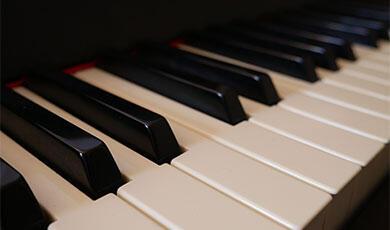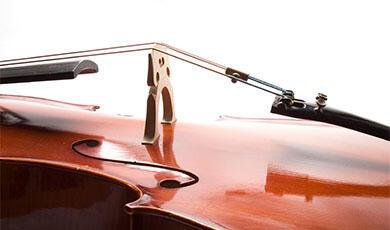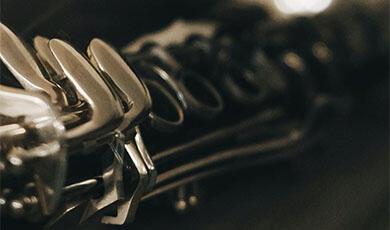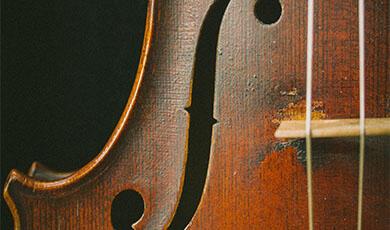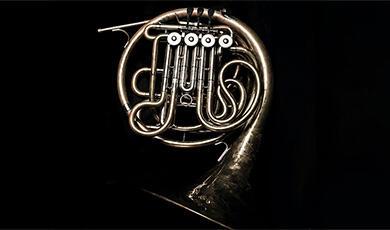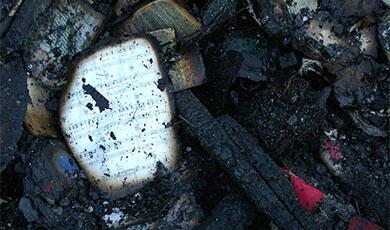Press release: Diminished and Augmented chords

Discusses diminished 7th chord and its use to create sublime terror
Explores “Diabolical” interval in music
Embargo: Thursday 9 Feb, 7pm
We would like to invite you to a lecture-recital by Professor Marina Frolova-Walker with acclaimed pianist Peter Donohoe on Diminished and Augmented chords, on Thursday 9 Feb (tomorrow) at LSO St Lukes, 6pm-7pm or online/ watch later.
This is part of a series by Gresham Music Professor Marina Frolova-Walker, also a Professor of Music History and Director of Studies in Music at Clare College, Cambridge, on The Life of Chords.
In the lecture she will say:
“We have been talking so far about how chords are used to create structure for phrases, sections and even whole pieces. Today we are going to look at chords that are quite dispensable as far as structure is concerned, but which contribute a special colour in each case. The striking sounds of these chords have allowed them to pick up meanings over time more readily than the chords that have structural roles to play.”
Professor Frolova-Walker will run through the uses of the diminished-7th chord and Bach’s extraordinary use of the chord and its later use to create ‘sublime’ terror.
“The musical sublime of terror ran through the 19th century. One opera that made a lasting impression was Weber’s Freischütz…..In the opera’s most famous scene, set in the “Wolf’s Glen”, we see the forging of magic bullets that will never miss their intended target, and in this creepy setting, the diminished-7th chord is used almost to saturation, imprinting itself on the minds of composers and listeners alike all across Europe. After this, there was a danger that the diminished-7th chord would sound cliched in the hands of all but the most inventive composers.”
She will also discuss the ‘diabolical’ interval in music: “If we start on any note of a diminished-7th chord, skip one chord-note and play the chord note after that, we have precisely the interval that is called “diabolical”. The myth grew up around a mnemonic verse for singers: “mi contra fa – diabolus in musica”. Skipping over details that are not relevant for our discussion, the mnemonic alludes to the most likely circumstance in which singers will sharpen or flatten notes in a way that makes sense for their own melodic line, but which will clash with the melodic line of another singer. When such clashes arose in rehearsal, a sign was penned into the notated music to prevent the same mishap from occurring in performance (which would often be during a mass).”
"The problem cannot occur with modern notation, but depends entirely upon the notation of the 1300s-1500s, together with the conceptual framework that singers used to sing at sight from notation. The “mi contra fa” part of the verse points to a problem that would most commonly result in the supposed diabolical interval, but less frequently would be the clash between two notes with the same letter name, but different inflections, such as F natural heard at the same time as F# in a different voice (there were other possibilities, but these were statistically unlikely). The interval created by the more common clash was called a “tritone” – a term that belongs, etymologically, to medieval rather than modern music theory, but which has been preserved because of the “diabolus in musica” myth."
ENDS
Notes to Editors
You can sign up to watch the hybrid lecture online or in person; or email us for an embargoed transcript or speak to Professor Frolova-Walker: l.graves@gresham.ac.uk / 07799 738 439
Read more about Professor Marina Frolova-Walker, who is Gresham Professor of Music and currently Professor of Music History and Director of Studies in Music at Clare College, Cambridge.


 Login
Login
